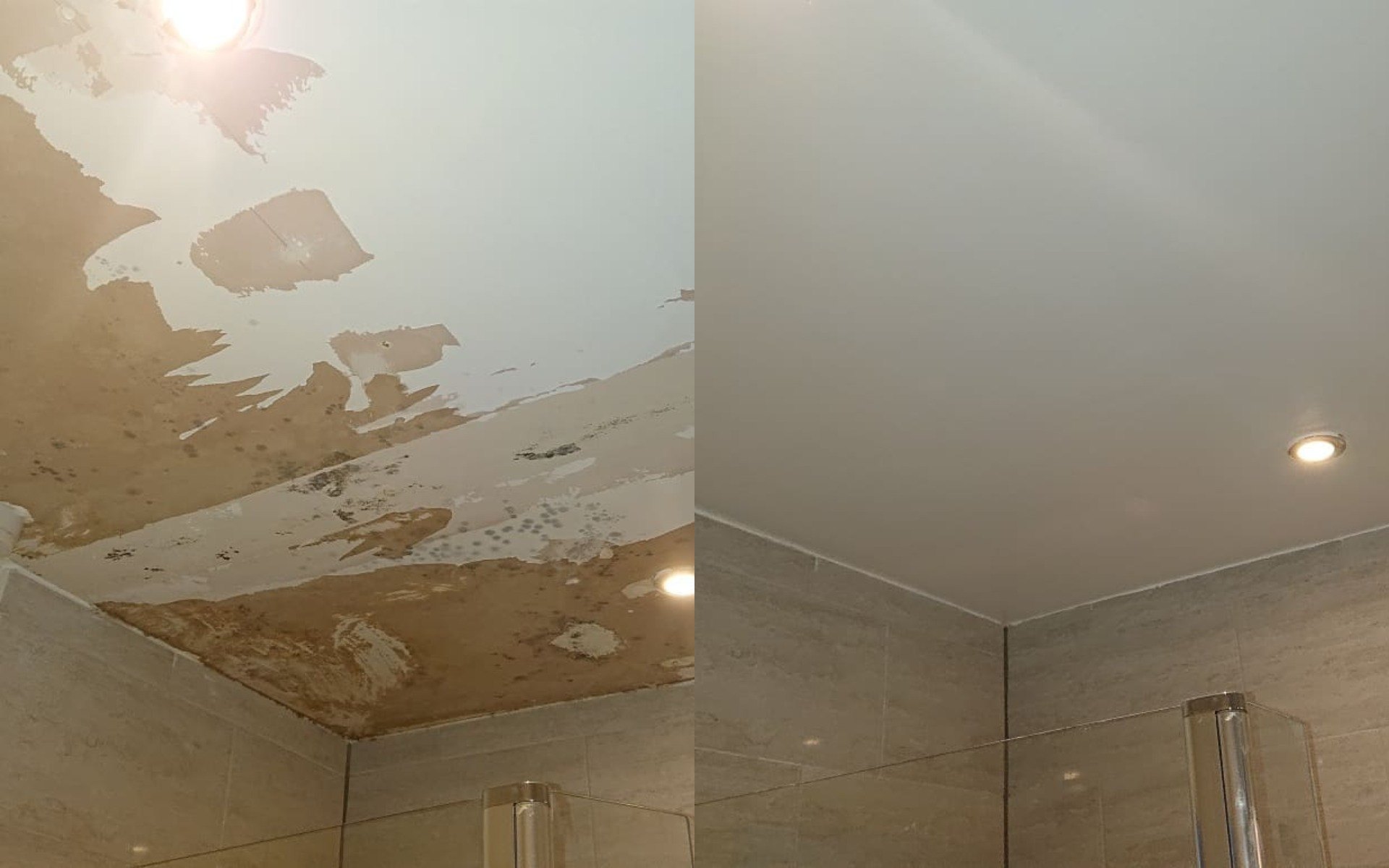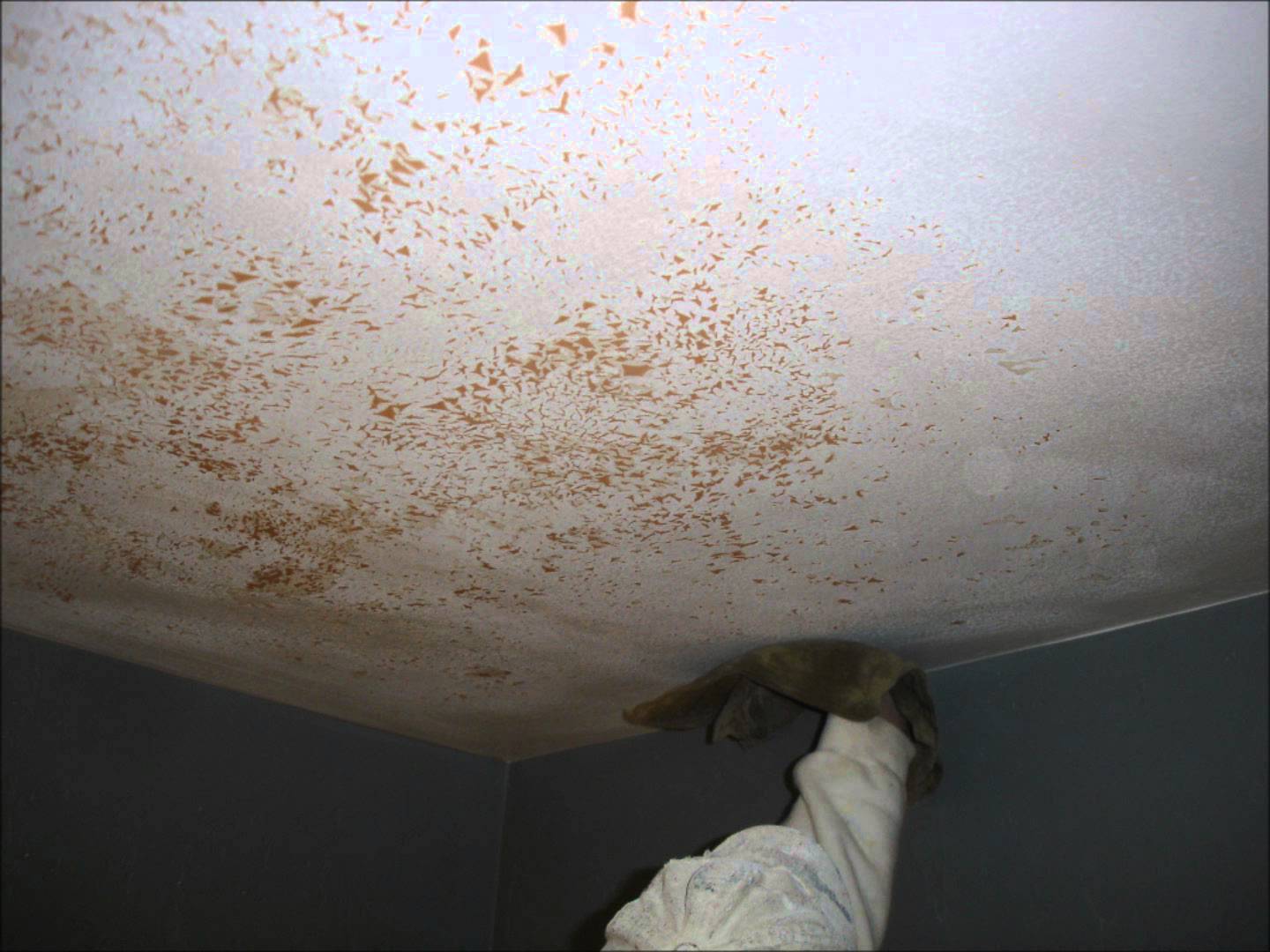Understanding the Causes of Paint Peeling in Bathrooms

Yo, so like, you’re probably here because your bathroom paint is peeling, and it’s totally a vibe killer. But before we jump into fixing it, we gotta understand why it’s happening in the first place. It’s all about the environment, my dude.
Bathroom Environment and Its Impact, How to keep paint from peeling in bathroom
Bathrooms are like, the ultimate hotbed for paint peeling. They’re basically humidity central, and that’s a recipe for disaster when it comes to paint. Think about it: steam from showers, hot baths, even just the act of breathing can create moisture in the air. All that moisture can get trapped in the bathroom, leading to condensation, which is basically water droplets forming on surfaces. And when those droplets get on your paint, they can cause it to peel, crack, and chip.
Materials Used in Bathrooms
You know how they say, “It’s all about the materials, bruh?” Well, it’s true, especially in bathrooms. Certain materials are more likely to contribute to paint peeling. Here’s the lowdown:
- Tile: Tiles are super common in bathrooms, but they can also be a source of trouble. If the tiles aren’t properly sealed, water can seep behind them, leading to moisture build-up. This moisture can then get trapped behind the paint, causing it to peel.
- Grout: Grout is that stuff that fills in the gaps between tiles, and it’s also a prime suspect when it comes to paint peeling. If the grout isn’t sealed properly, water can seep into it, leading to moisture build-up and paint peeling.
- Wood: Wood is a natural material that can absorb moisture, which is why it’s not the best choice for bathroom walls. If wood is exposed to too much moisture, it can warp and rot, which can lead to paint peeling.
Improper Surface Preparation and Paint Types
Yo, before you even think about grabbing a paintbrush, you gotta prep the surface, or you’re setting yourself up for failure. It’s like, the foundation of a house, you know? If the foundation isn’t solid, the whole thing’s gonna crumble.
- Cleaning: First things first, make sure the surface is clean. You gotta get rid of any dirt, grease, or mildew. Otherwise, the paint won’t adhere properly, and it’s gonna peel right off.
- Sanding: After you’ve cleaned the surface, you gotta sand it down to create a smooth surface for the paint to stick to. This is super important, especially if the surface is rough or uneven.
- Primer: Primer is like, the glue that holds the paint together. It helps the paint adhere to the surface, and it also helps to seal the surface, preventing moisture from seeping through. You gotta use a primer that’s specifically designed for bathrooms, because it’s gonna be exposed to moisture.
- Paint Type: And finally, you gotta choose the right type of paint. Not all paints are created equal, and some are better suited for bathrooms than others. You want a paint that’s mildew-resistant and moisture-resistant. You can also use an oil-based paint, which is more durable than latex paint.
Preparing the Bathroom Surface for Painting

You’re ready to tackle that bathroom makeover, but before you even think about grabbing a brush, you need to prep the surface. Think of it like laying a solid foundation for a house – you wouldn’t build a house on shaky ground, right? The same goes for your bathroom paint job. A well-prepared surface is key to a long-lasting and flawless finish.
Cleaning the Bathroom Surface
A clean surface is a happy surface. Before you even think about sanding or patching, give your bathroom walls a good scrub. You want to get rid of any dirt, grime, soap scum, or mildew that might be lurking. Use a mild detergent and warm water, and don’t forget to rinse thoroughly. If you’re dealing with stubborn stains, try a mildew-killing cleaner, but always follow the manufacturer’s instructions.
Sanding the Bathroom Surface
Sanding is your next move, and it’s all about creating a smooth and even surface for the paint to adhere to. Use fine-grit sandpaper (120-grit or higher) to gently smooth out any bumps or imperfections. Be careful not to sand too hard, as you don’t want to damage the underlying surface.
Patching the Bathroom Surface
If you have any cracks, holes, or gaps in your bathroom walls, you’ll need to patch them up before painting. Use a patching compound or spackling paste to fill in the holes, and let it dry completely. Once dry, sand the patched areas smooth.
Choosing the Right Primer for a Bathroom
Now that you’ve prepped the surface, it’s time to prime. Primer is like a superhero in disguise, creating a strong bond between the paint and the wall, preventing peeling and helping the paint to adhere better. Bathrooms are notorious for moisture and humidity, so you need a primer that’s specifically designed for these conditions. Here’s the lowdown on choosing the right primer:
Types of Primers for Bathroom Surfaces
| Primer Type | Description | Advantages | Disadvantages |
|---|---|---|---|
| Oil-based Primer | Creates a durable and moisture-resistant barrier. | Excellent for high-moisture areas, dries to a hard finish. | Strong odor, longer drying time, requires mineral spirits for cleanup. |
| Acrylic Primer | Water-based, provides good adhesion and moisture resistance. | Low odor, quick drying time, easy cleanup with soap and water. | May not be as durable as oil-based primer in high-moisture areas. |
| Epoxy Primer | Two-part formula, extremely durable and moisture-resistant. | Best for surfaces with severe moisture problems, excellent adhesion. | Strong odor, short pot life (must be mixed and used quickly). |
| Stain-Blocking Primer | Blocks stains from bleeding through the paint. | Effective for hiding stains from water damage or mildew. | May require multiple coats for complete coverage. |
“Remember, the right primer can make all the difference in a long-lasting paint job. Don’t skimp on this step, and your bathroom will thank you.”
Selecting and Applying the Right Paint: How To Keep Paint From Peeling In Bathroom

You’ve prepped your bathroom walls, now it’s time to pick the right paint to keep your hard work from peeling off. Bathrooms are a unique beast, so you need paint that can handle the humidity, moisture, and even the occasional splash.
The right paint can make all the difference in how your bathroom looks and lasts. So let’s dive into the world of bathroom-friendly paint.
Choosing the Right Paint
It’s time to get specific about paint types. Not all paints are created equal, especially when it comes to bathrooms. Here’s a breakdown of the best paint options for your bathroom walls, ceilings, and trim:
- Acrylic Latex Paint: This is your go-to choice for most bathroom walls. It’s durable, dries quickly, and cleans up easily. Plus, it’s low in VOCs (volatile organic compounds), making it a healthier option for your home.
- Epoxy Paint: For high-traffic areas like shower stalls or tubs, epoxy paint is the champ. It’s super tough, water-resistant, and mildew-resistant. It’s a bit more expensive, but it’s worth it for areas that get a lot of wear and tear.
- Oil-Based Paint: While it’s not as common for bathrooms as it used to be, oil-based paint can still be a good choice for trim. It’s known for its durability and resistance to moisture, but it takes longer to dry and requires mineral spirits for cleanup.
Applying Paint
Now that you’ve got the right paint, let’s get into the application. Here’s how to paint your bathroom like a pro:
- Prep is Key: You’ve already prepped your walls, but a quick reminder: clean the surface, fill any holes or cracks, and sand any rough spots. This will ensure a smooth, even finish.
- Use the Right Tools: A good paint roller is essential for covering large areas quickly. Use a smaller brush for corners and edges. And don’t forget the painter’s tape to keep your lines clean and sharp.
- Thin Coats are Best: Apply thin, even coats of paint, allowing each coat to dry completely before applying the next. This helps prevent drips and ensures a smooth finish.
- Ventilate Well: Make sure your bathroom is well-ventilated while painting. Open a window or use a fan to help the paint dry faster and remove any fumes.
- Let It Cure: Give the paint time to cure completely before using the bathroom as normal. This usually takes 24-48 hours.
